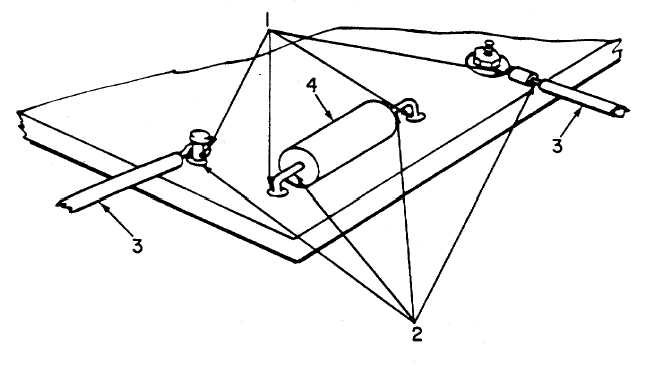|
| |
TM 9-254
3-13.
Using Expendables - Continued
WARNING
Use adhesives, cleaning solvents, and sealing compounds in a well ventilated area away from
open flames. Adhesives, cleaning solvents, and sealing compounds are harmful to skin and
clothing, can burn easily, and may give off harmful vapor.
b.
Solvents. Cleaning with solvents is performed mainly for the purpose of removing dirt, grease, oil, flux, and
cementing compound from surfaces.
(1)
If the item is too large to be totally immersed in the cleaning solvent, a clean cloth or paint brush may be
used to apply the solvent. Dip the cloth or brush into the solvent and rub over the surface to be cleaned.
Use a clean, dry cloth and wipe the surface dry. Repeat as many times as necessary.
(2)
Small parts may be cleaned in an immersion tank filled with solvent. If a tank is not available, simply use
a 5-gallon can filled with cleaning solvent and a stiff brush to scrub parts while cleaning. Immerse the
smaller parts in the can and scrub clean with the brush. After the parts are cleaned, remove them from
the solvent and either air dry or wipe dry with a clean, dry cloth.
c.
Coatings (fig. 3-34). Coatings are designed to prevent the growth of fungus on organic materials, corrosion
of metal parts, and the absorption of moisture by insulating materials. An example of coating would be the moisture and
fungus proofing of an electronic circuit board described below:
(1)
After soldering the circuit connections (1) remove all flux residue with alcohol and a brush.
Figure 3-34. Moisture and Fungus Proofing an Electronic Circuit Board
3-33
|

